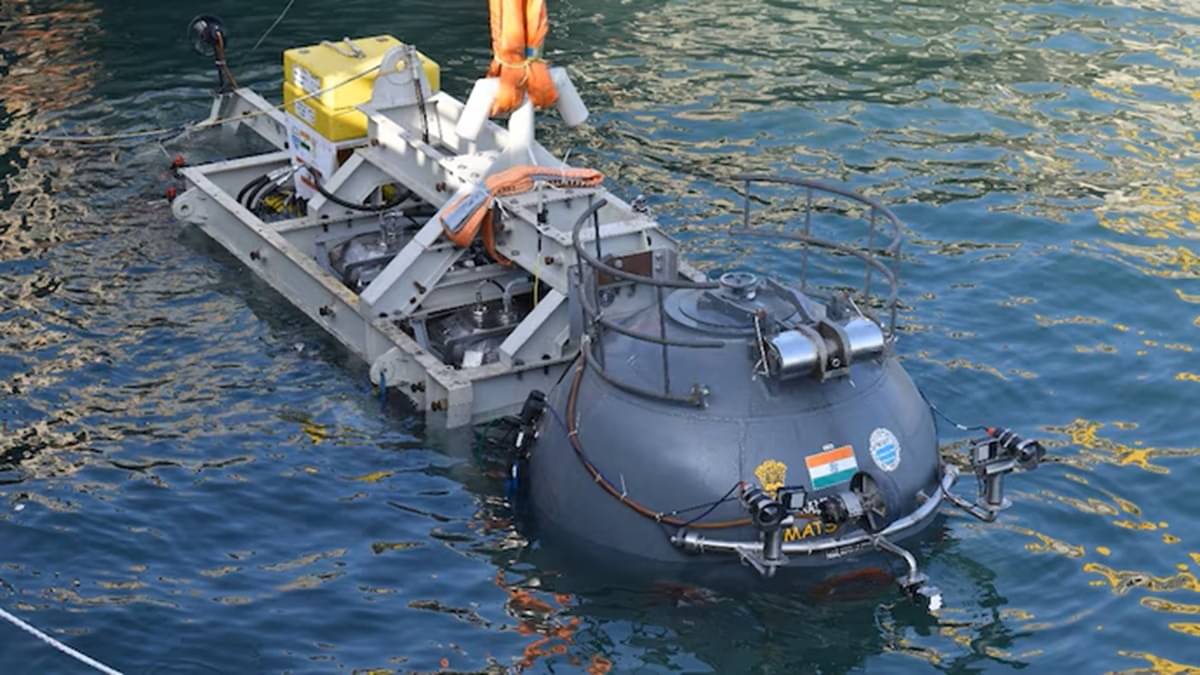Now Reading: Samudrayaan Mission: NIOT Prepares Matsya-6000 for Key Harbour Tests in Deep Sea Exploration
1
-
01
Samudrayaan Mission: NIOT Prepares Matsya-6000 for Key Harbour Tests in Deep Sea Exploration
Samudrayaan Mission: NIOT Prepares Matsya-6000 for Key Harbour Tests in Deep Sea Exploration

Speedy Summary
- Matsya-6000, India’s first indigenous deep-sea submersible, is advancing in the Samudrayaan Mission with preparations for its second series of harbour tests in Chennai.
- The tests aim to validate the submersible system’s performance through Controlled Water Trails (CWT).
- NIOT Director Balaji ramakrishnan emphasized the integration of a titanium exoskeleton in this phase, enhancing safety and structural integrity under extreme underwater pressure.
- Earlier trials at Kattupalli Port evaluated Environmental Control and Life Support Systems (ECLSS), identifying gaps for further improvements.
- Collaboration with ISRO involves advanced welding and fabrication of a titanium sphere to withstand pressures at 6,000 meters below sea level. The 80mm-thick component is undergoing safety testing in russia.
- Controlled water trails will inform final preparations for landmark crewed dives to depths of 500 meters initially and eventually up to 5,000 meters.
Stay Informed With the Latest & Most Important News
Previous Post
Next Post
Loading Next Post...
























